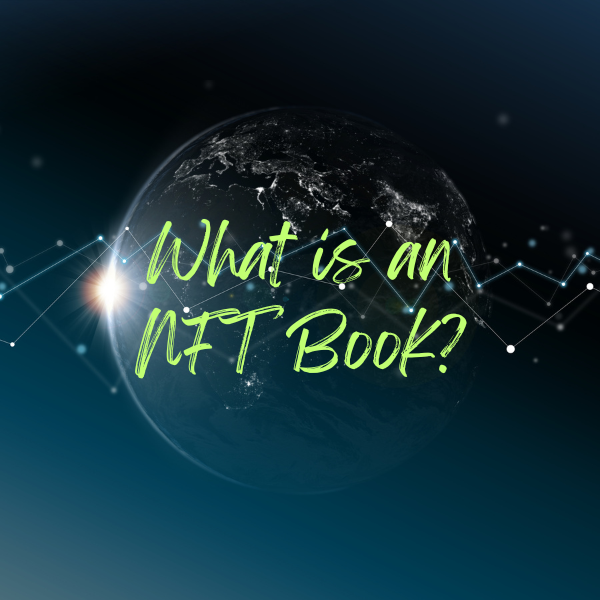Dive deep into the world of Stablecoins: Explore their various types, crucial role in the digital economy, and how they enhance financial stability and efficiency.
Introduction
The concept of Stablecoin has gained immense popularity in recent years as an essential component of the cryptocurrency market. Unlike the volatility seen in traditional cryptocurrencies like Bitcoin or Ethereum, Stablecoins provide much-needed stability. This characteristic makes them an attractive option for investors, traders, and businesses alike. But what exactly is a Stablecoin, and why has it become a vital part of the digital financial system?
In this article, we’ll explore what Stablecoin is, how it works, and why it’s considered a reliable digital asset.

What Are Stablecoins?
A Stablecoin is a type of cryptocurrency designed to maintain a stable value, unlike more volatile digital currencies. It’s typically pegged to a reserve asset like a national currency (USD, EUR) or commodities such as gold. This pegging mechanism ensures that Stablecoins maintain a consistent price. This stability can be crucial for those who seek to avoid the wild price swings common in the crypto market.
What are stablecoins? They are digital assets designed to combine the benefits of cryptocurrencies, such as security and speed. At the same time, they maintain the stability of fiat currencies. Essentially, Stablecoins serve as a bridge between traditional finance and the rapidly evolving world of blockchain technology.
How Do Stablecoins Work?
The stability of Stablecoins is achieved through backing by assets. But what are stablecoins backed by? Different types of Stablecoins are supported by various assets, such as fiat currencies, commodities, or even other cryptocurrencies. Here’s a quick overview of the types of Stablecoins based on their backing:
- Fiat-backed Stablecoins: These are the most common type, where the digital coin is backed by a reserve of fiat currency, like the US Dollar. For every Stablecoin issued, an equivalent amount of fiat currency is held in a reserve by the issuer.
- Commodity-backed Stablecoins: In this model, the Stablecoin is backed by physical assets like gold or oil. The value of the coin is tied to the price of the underlying commodity, making it a more tangible form of digital currency.
- Crypto-backed Stablecoins: Unlike fiat or commodity-backed coins, crypto-backed Stablecoins use other cryptocurrencies as collateral. These coins are usually over-collateralized to account for the high volatility of cryptocurrencies.
- Algorithmic Stablecoins: These are not backed by any physical assets. Instead, they rely on smart contracts and algorithms to control the coin’s supply, ensuring price stability by increasing or decreasing the number of coins in circulation as needed.
Why Are Stablecoins Important?
Stablecoins play a crucial role in the broader cryptocurrency ecosystem. They offer various benefits to users. One of the key advantages is their ability to facilitate seamless transactions between different cryptocurrencies. This is done without the risk of extreme price volatility. For instance, if an investor wants to exit a volatile cryptocurrency position, they can move into a Stablecoin without converting back to fiat.
Additionally, Stablecoins make it easier to send and receive payments globally. Since they maintain a stable value, cross-border payments can be made without the worry of fluctuating exchange rates. They also avoid the excessive fees typically seen with traditional financial systems. Businesses, especially in emerging markets, are increasingly adopting Stablecoins. This is a means of preserving value and conducting transactions in a more efficient manner.
Use Cases for Stablecoins
Stablecoins offer a wide range of practical applications across various sectors, making them more than just a tool for investors.
- Payment Systems: With Stablecoins, users can make fast and low-cost payments across borders, eliminating the need for intermediaries like banks or payment processors. This is especially important for businesses that operate internationally.
- Remittances: Migrant workers can send money to their families more efficiently using Stablecoins, reducing the cost and time it takes for funds to arrive.
- Decentralized Finance (DeFi): Stablecoins are a cornerstone of DeFi platforms, where users can lend, borrow, or earn interest on their digital assets without needing a traditional financial institution.
- Trading and Investing: Traders use Stablecoins as a safe haven during periods of market instability. They can quickly move in and out of volatile cryptocurrencies without cashing out to fiat, providing a more flexible trading experience.
Widely Used Stablecoins
There are several well-established Stablecoins that have gained significant traction in the market, providing users with reliable options for stable digital transactions. Some of the most widely used include Tether (USDT), which is one of the first and most popular fiat-backed Stablecoins pegged to the US Dollar, and USD Coin (USDC), which is another dollar-backed coins known for its transparency and regulatory compliance. Binance USD (BUSD), was created by the Binance exchange and the Paxos blockchain. Paxos is run by its co-founder and CEO Charles Cascarilla., offers similar features with strong backing and regular audits. For a more decentralized option, Dai (DAI), a crypto-backed Stablecoin, maintains its peg to the US Dollar through smart contracts and over-collateralization, providing a unique and algorithmically stable alternative. These Stablecoins are widely used across exchanges, DeFi platforms, and global payment systems, further cementing their role in the future of digital finance.
You might be interested in reading Understanding DApps for a Decentralized Future as well.
Challenges and Future Outlook
Despite the numerous benefits, Stablecoins face challenges. Regulatory scrutiny is one of the main issues. Governments and financial institutions are keeping a close eye on the rise of Stablecoins. They are concerned about their potential to disrupt traditional financial systems. Issues like transparency and the adequacy of reserves are hot topics in regulatory discussions. The stability of algorithmic Stablecoins is also a concern.
Looking forward, the demand for Stablecoins is only expected to grow. They play an increasingly pivotal role in the global economy. Whether in the form of central bank digital currencies (CBDCs) or decentralized financial instruments, Stablecoins are here to stay. They offer a more stable, secure, and efficient way to transact in the digital era.
Final Thought
Stablecoin represents the bridge between traditional finance and the rapidly evolving digital economy. Its ability to offer stability in an otherwise volatile market makes it a valuable asset for traders, businesses, and everyday users. Whether backed by fiat, commodities, or algorithms, Stablecoins are poised to reshape how we think about money in the digital world.
For those looking to explore the cryptocurrency space while minimizing risk, Stablecoin could be the answer. Its stable value, ease of use, and global accessibility make it a vital tool for the future of finance. Stablecoins are not just another digital currency—they are the backbone of a new financial ecosystem that is gaining momentum with each passing day.







